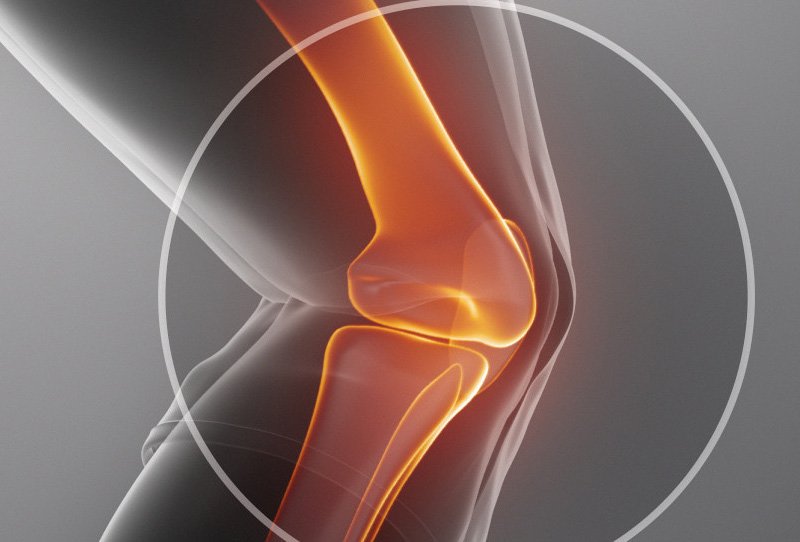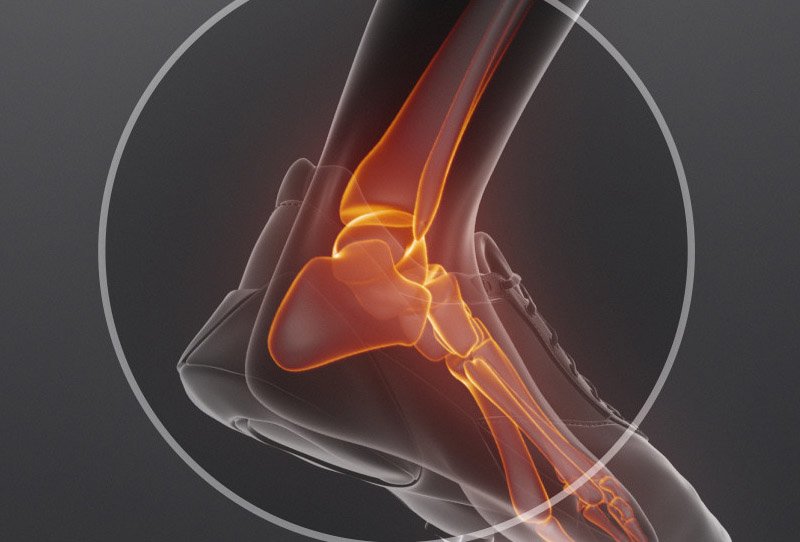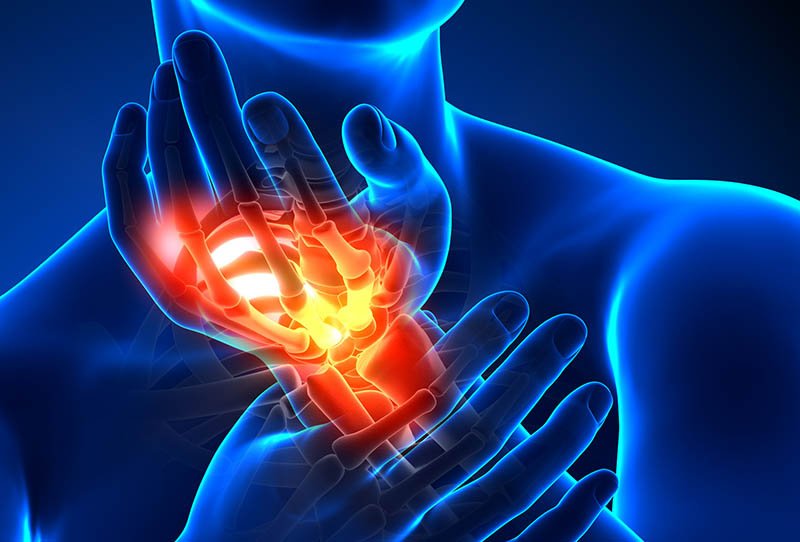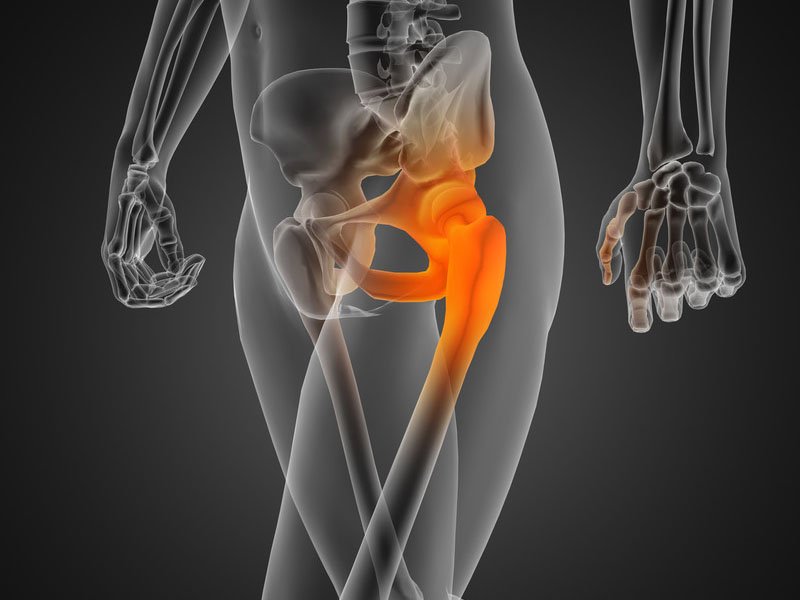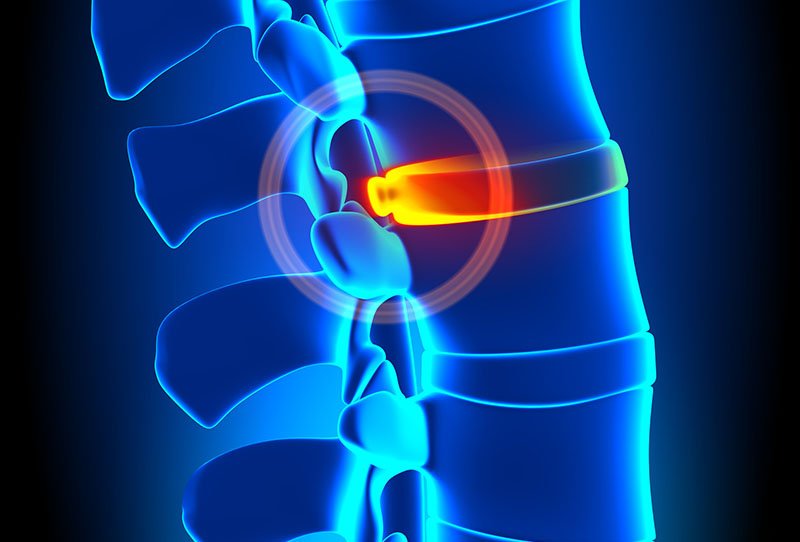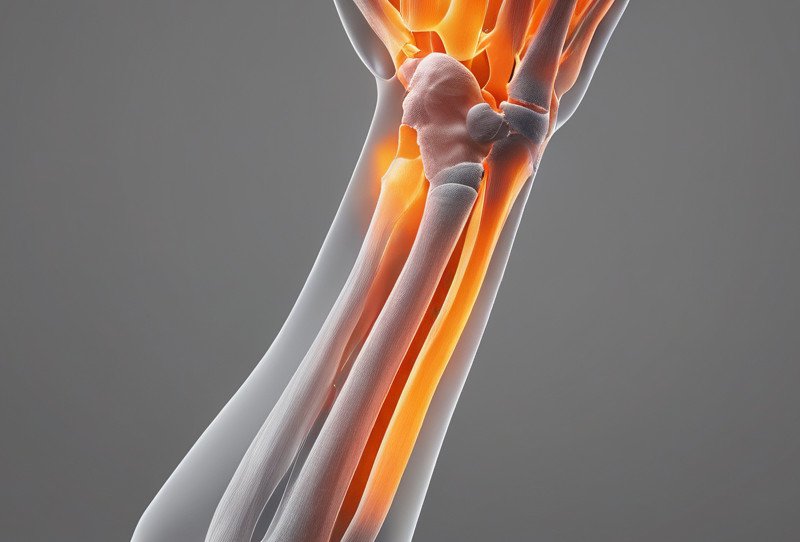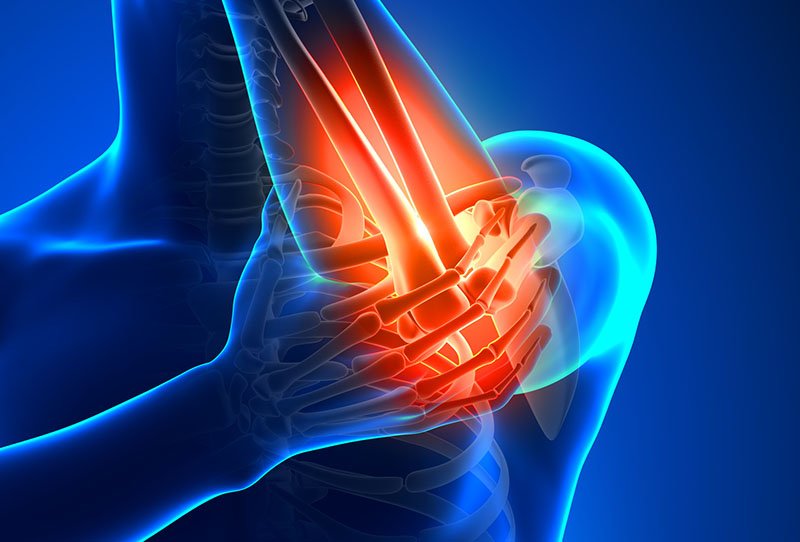What is Isokinetic?
Isokinetic (n) is a term used to describe a type of movement or exercise.
Isokinetic or Isokinetics Definition:
The word isokinetic is most commonly used in sports science and medicine. In these settings isokinetic defines a type of exercise or movement.
Translated literally isokinetic (i·so·ki·net·ic pronounced ī’sō-kə-nĕt’ĭk) means movement at a constant speed.
The key to isokinetic movement or exercise is this:
The speed of the motion is always kept the same but the resistance alters.
Isokinetic movement is actually the opposite of isotonic movement which is probably the easiest way to think of it. Isotonic movement is the most common type of movement we human beings perform:
Isotonic movement:
In almost every situation, every day, we perform isotonic movements. In these types of movements we pick up a fixed weight, an empty pan basically anything that has weight. The weight of the pan is fixed but we decide how fast to lift it. We can lift it slow, fast, or anywhere in between. The key to this type of movement is we decide how fast it goes but the weight (resistance) remains constant.
Isokinetic movement:
In isokinetic movements the situation is reversed now we tell an isokinetic machine (the dynomometer) to move only at a certain speed (normally described in degrees per second). The machine will then vary it’s resistance against us to maintain that speed. This means if we push against the machine hard it will give back allot of resistance to maintain the speed it was told to go at. If we push or pull softly the machine reduces the weight to maintain the speed.
To achieve isokinetic movement there are many different ways of developing the resistance, however, most people use an isokinetic device. Isokinetic devices are referred to as isokinetic machines and they vary vastly in technology and price.
Most medical isokinetic machines are top of the range. They use a powerful motor to provide the isokinetic resistance to the force applied and then use a computer to keep the motion smooth, provide the acceleration and to record the results. In medical systems the components (the motor, gear box and computer control) are what make the machines so very expensive but they are also the parts that make them so very good.
Other isokinetic machines use cheaper ways of developing the isokinetic motion. These methods include (but are not exclusively) hydraulic systems (water or oil commonly) clutch based systems (not really used anymore due to noise and running costs), friction based systems and elastic resistance machines.
Advantages:
- Maximal loading throughout whole range of motion.
- Objective, reproducible and easily quantifiable.
- Muscles easily isolated.
- Safest form of exercise.
- Few contraindications.
Disadvantages:
- Time consuming.
- Requires a lot of training and skill to use.
- Costly.
- Results can be difficult to compare between machines.
Other types of isokinetic / s:
The most common isokinetic device used every day is a lift. Here no matter how many or few people get in the lift (which varies the resistance) the lift moves at a constant speed.
Isokinetic is also be used in gas analysis: Isokinetic still means constant velocity or speed of motion but is used to describe the velocity of gas entering a sampler being the same as in a chimney or flue.
Many isokinetic gas samplers work automatically. Two main types of equipment are produced:
- Automatic samplers used for dust and aerosol monitoring.
- Continuous samplers used for long term dioxin monitoring.
The Author
